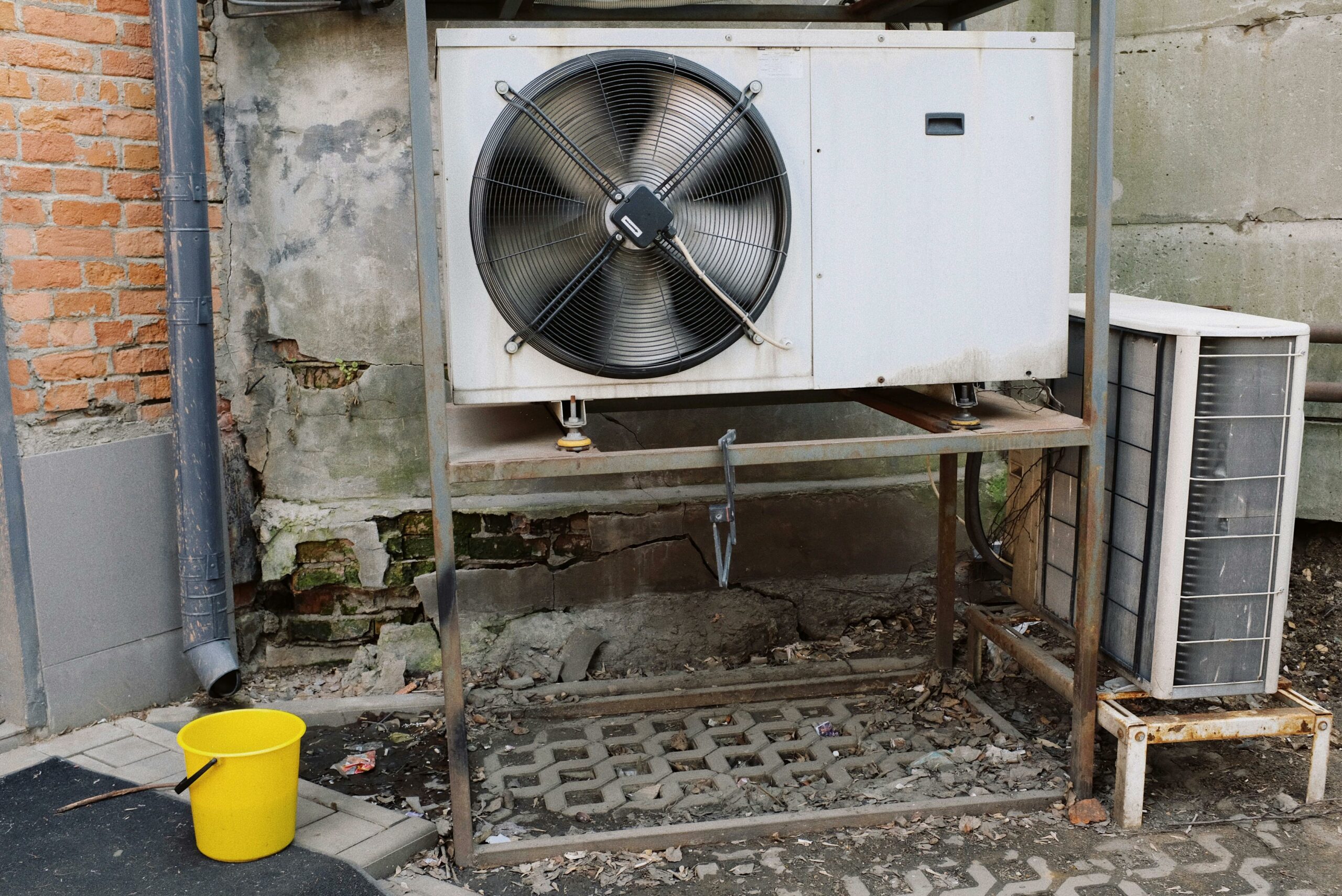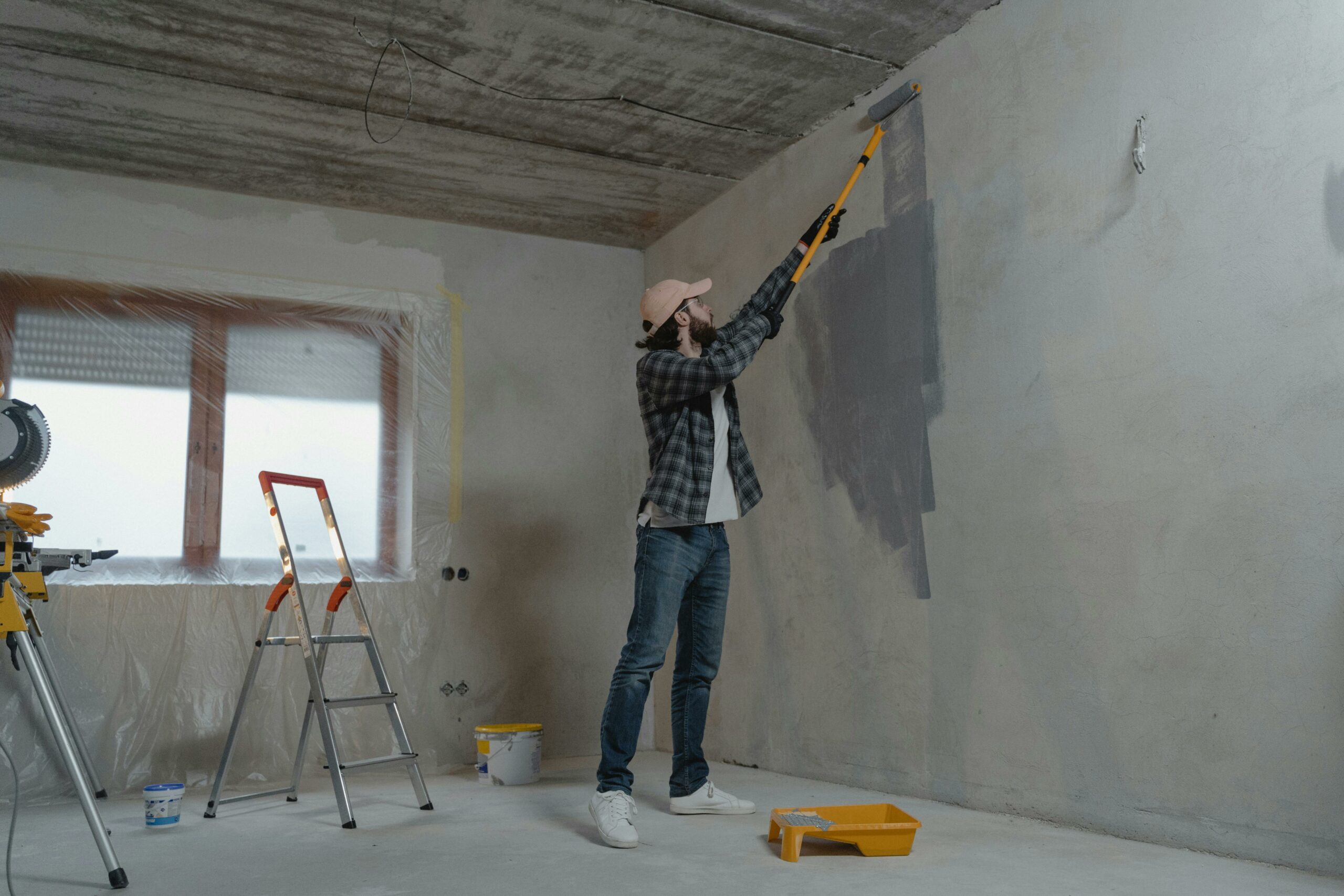The following contribution is from another author.
While they might look similar to the rest of your home, basements require a fundamentally different approach to maintenance. These spaces sit under several feet of earth, changing their characteristics and how you should manage them.
The purpose of this post is to explain how you can achieve basement bliss by taking care of your underground rooms. We explore everything you need to do, from keeping out water to maintaining the fixtures and fittings.
Control Moisture
Controlling moisture should be your primary basement priority. Keeping it at low levels will prevent most problems that can occur in subterranean rooms.
For example, high moisture levels in the basement can lead to mold and mildew, which can harm your family’s respiratory system and cause conditions, like asthma. It can also lead to structural problems by weakening the surrounding masonry and concrete to the point where it is a danger to the building as a whole.
Add Waterproofing
To combat water from the surrounding subsurface, also consider adding a waterproofing membrane, especially after water damage restoration. These thin layers of material surround the building work and prevent additional groundwater from seeping in and causing chaos.
The reason most older basements are damp is because they don’t have this feature. Water can permeate into the surrounding brickwork and be almost impossible to eliminate.
While installing the membrane, also consider sealing cracks and installing a sump pump. The latter can help drain the basement of water in the event of flooding before it has time to cause additional damage or seep further into the structure.
Add Ventilation
You can also fight dampness and maintain bliss in your basement by adding ventilation. Proper air circulation will stop excessive moisture levels from building up and keep the space relatively dry.
How you ventilate depends on your setup. The best option is to hook the room up to your air conditioning and go from there using ducting. Another option is to install passive vents or windows in your basement if that’s an option and allow for natural air circulation.
Lastly, you might want to use a dehumidifier. These condense moisture out of the air and store it in a tank until you can dispose of it safely.
Maintain Fixtures And Fittings
You also want to maintain fixtures and fittings. Allowing plumbing and electrical systems to fall into disrepair can make the space unusable.
To do this effectively, look for signs of burst pipes or corrosion damage. Find weak points in your setup. Look for exposed piping (without any insulating foam) that might be at risk of freezing and cracking in the winter.
Clean And Declutter Regularly
Finally, you can maintain your underground room bliss by cleaning and decluttering them regularly. Treating them like the rest of your home encourages you to use them more and makes you feel more relaxed when you do.
Don’t use your basement as a dumping ground. Eventually, you will fill it with junk and you’ll be unable to use the space for what you want.























